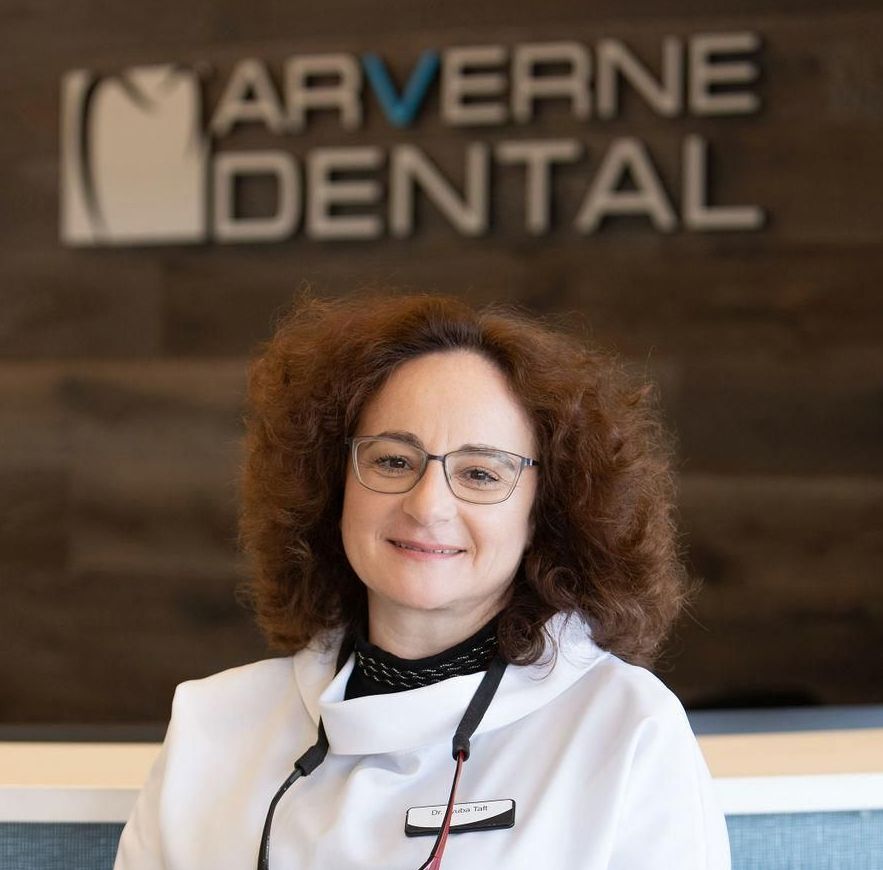Bridges in Rockaway Beach, NY
home / services / Bridges
A bridge (also known as a fixed partial denture) is one way to replace a missing tooth by connecting the replacement tooth to the adjacent teeth.
Making a bridge first involves preparing the teeth adjacent to the missing space (essentially each adjacent tooth is prepared for a crown). This involves removing some tooth structure all around the tooth and over the top to make room for the bridge. A mold of the prepared teeth is taken and sent to the laboratory where the bridge will be made. There is an enormous difference in the quality between laboratories. We use the best laboratories we can find. The day the teeth are prepared, a temporary bridge is made and placed. Once the bridge returns from the lab (around 2 weeks) we remove the temporary bridge and cement the final bridge in place.





